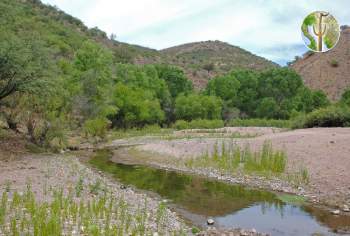Los peces del Desierto de Altar
Rio seco en un desierto calido del norte de Sonora que alguna vez tuvo aguas cristalinas y repletas de vida. Increiblemente en el rio Sonoyta sobreviven escondidas dos especies endémicas de peces Cápsula 171 de Conexión Milenio de Milenio Tv por Fernando Seriñá Garza.

